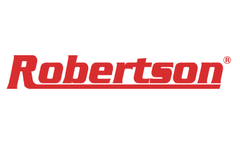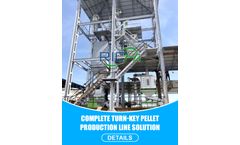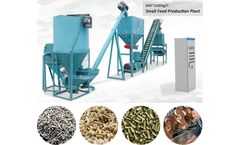cattle feeding system Articles
-
Nutrient export in run-off from an in-field cattle overwintering site in East-Central Saskatchewan
Wintering cattle directly in the field creates potential concerns with water quality, as nutrients added from urine and fecal material over the winter can end up in runoff water, ground water and soil. In 2008/2009 an experiment was conducted to observe the effect of in-field winter feeding of cows on the nutrients in spring snowmelt run-off water. Low temperatures give little opportunity for ...
-
How farmers are saving on feed costs, and boosting profits
With livestock feed being the single largest expense when running cattle, the need to focus on reducing waste, especially when margins come under pressure, is of utmost importance. How do farmers save on feed costs, and boost profits? Find out how... Our Hustler Business Development team in the USA recently got involved with a study being held at Oklahoma State University where they tested ...
-
Animal feed mill plant manufacturer
Malaysia 3-5T/H Poultry Mash Feed Plant Project Indonesia 3-5T/H Ruminant Feed Plant For Sheep And Cattle Pellets Production Uzbekistan 1T/H Floating Fish Feed Plant And 1-2TPH Extruded Cattle Feed Plant Tanzania 3-5T/H Animal Livestock Poultry Pellet And Mash Feed Mill Project Hong Kong 3-4T/H Ruminant Cattle Feed Plant Project New Zealand 3-5T/H Animal Feed Plant Project For Chicken Feed ...
-
Trenbolone causes mortality and altered sexual differentiation in Xenopus tropicalis during larval development
Trenbolone is an androgen agonist used in cattle production and has been measured in aquatic systems associated with concentrated animal‐feeding operations. In this study, the authors characterized the effects of aqueous exposure to 17β‐trenbolone during larval Xenopus tropicalis development. Trenbolone exposure resulted in increased mortality of post‐Nieuwkoop–Faber stage 58 tadpoles at ...
-
Feeding Bales and Maize with One Machine Provides an Efficiency Breakthrough for Dairy Farm
Marike Ostebuhr, a dairy farmer from Strackholt, Germany, tells us about how she changed the way she fed her cattle, making it more time efficient and reducing feed waste... Marike Ostebuhr, a Dairy farmer, runs a small operation in Strackholt, Germany with around 120 livestock and 50 milking cows. The name "Strackholt" means "elongated forest". No wonder since it is well known for ...
-
Fishing for a Solution
As writer Rowan Jacobsen explores in our recent feature “Has Meat Met Its Match?,” animal agriculture’s hefty environmental footprint is creating interest in exploring ways to meet humans’ growing appetite for animal protein that extend beyond beef, chicken and pork. In some places, that exploration is going underwater. Aquaculture, or fish farming, is the fastest growing ...
By Ensia
-
Ruminant Animal Feed Production Business Plan
In recent years, more and more farmers who feed cattle, cow, sheep and other animals choose to make their own animal feed by purchasing a small set of ruminant animal feed production plant. How much does it cost to set up an animal feed production plant? What’s the price of small feed processing unit? How to make the best ruminant animal feed production business plan? Hot Sale Equipment ...
Need help finding the right suppliers? Try XPRT Sourcing. Let the XPRTs do the work for you


